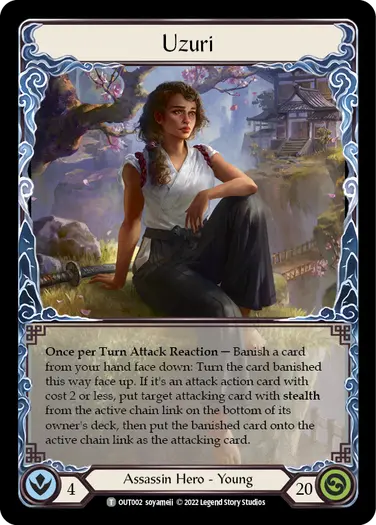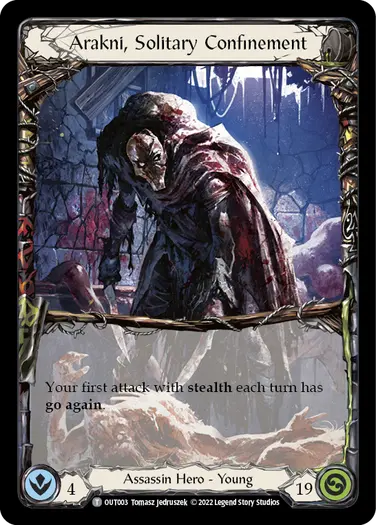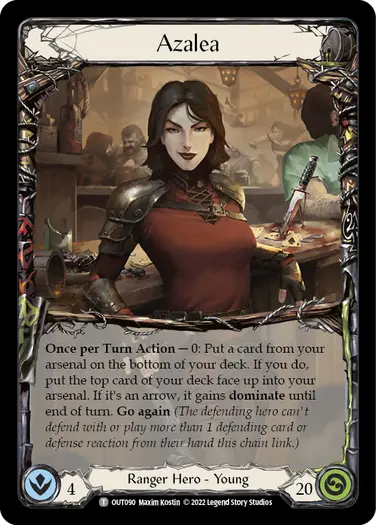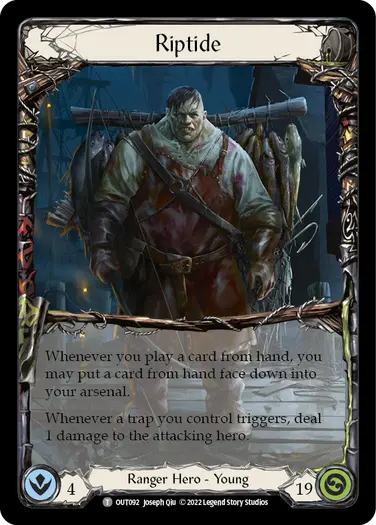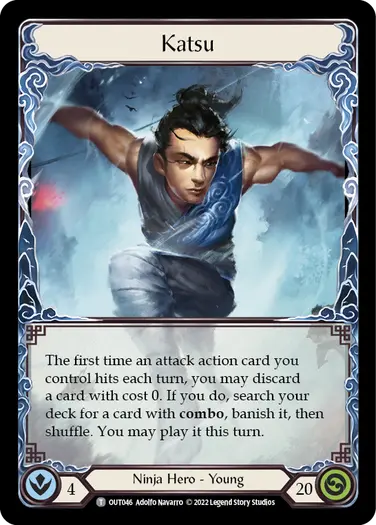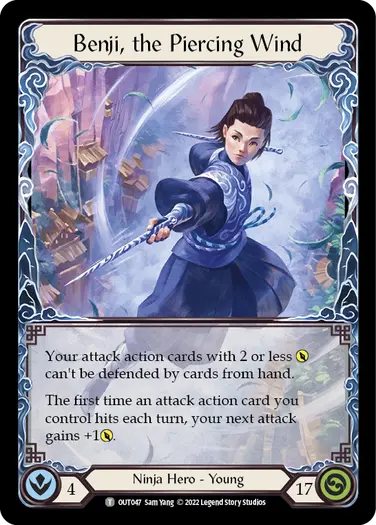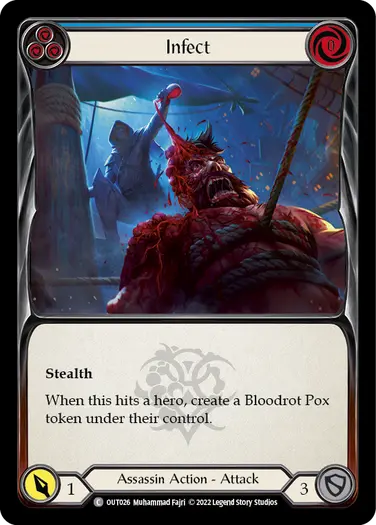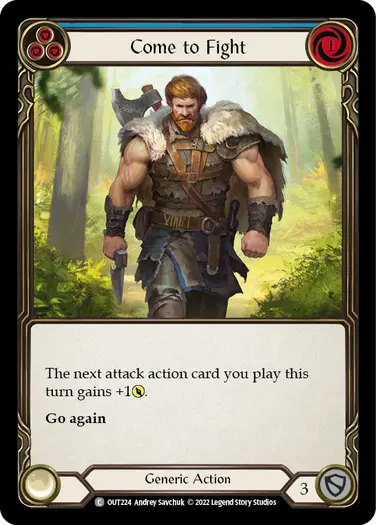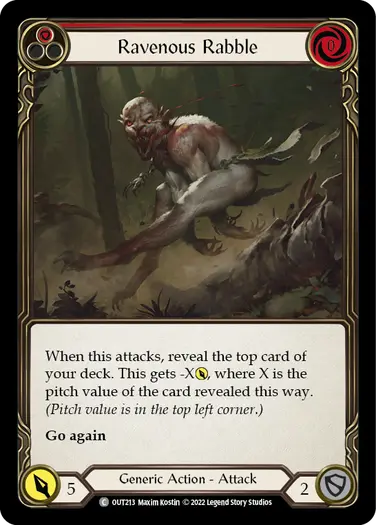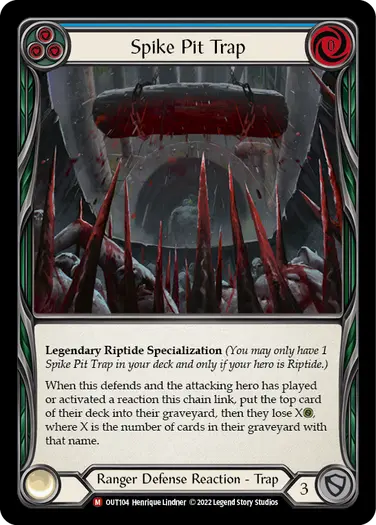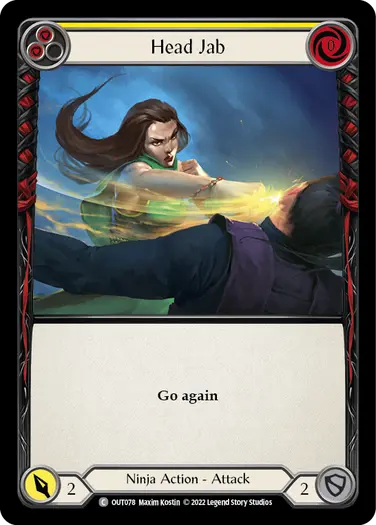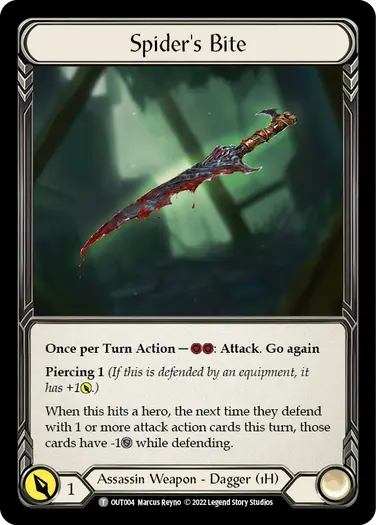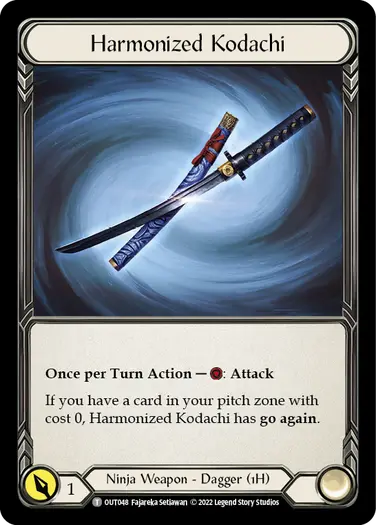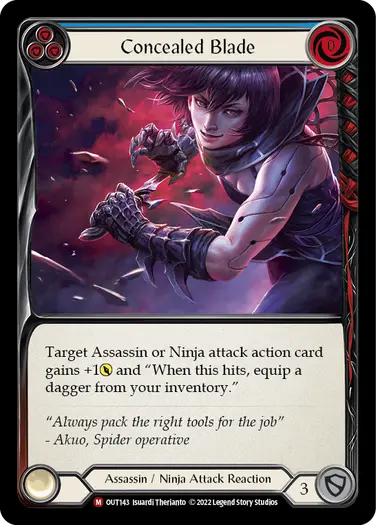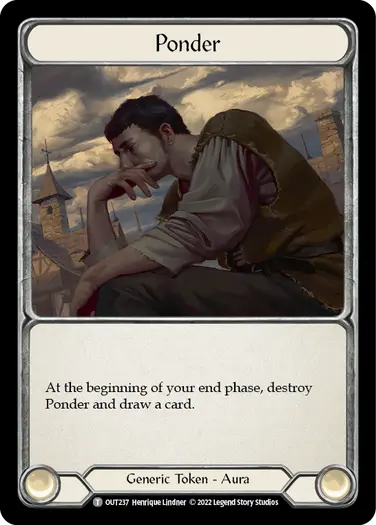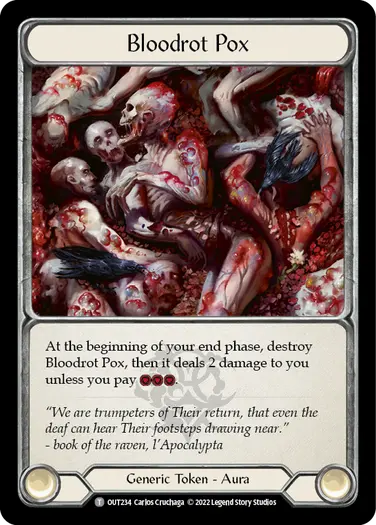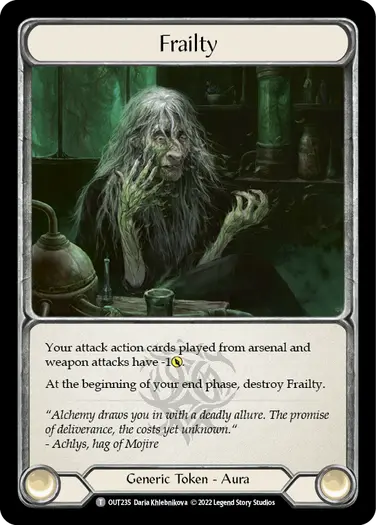With spoiler season making a splash over the weekend and pre-release on the horizon, it’s time to revisit the rules reprise series and get ready to play with the new booster set Outsiders! Joshua Scott is back with a quick overview of the basics before we start diving into more nuanced interactions in the coming weeks.
Can I change my hero during a limited event?
If you’re at a tournament without card pool registration for limited (like a pre-release event), you can change your hero as many times as you want between games. You are still limited to the same card pool, but you can add and use any token-rarity cards from the set (including most heroes) to assemble your deck, even if you didn’t open them in your pack.
Tyler is at a pre-release event and the tournament is sealed deck format using the Outsiders set. Tyler sees they have some great Ranger cards, so in Round one, they play as Riptide. They lose their match and decide that trap-based playstyle isn’t working. In Round two, they play as Azalea, using mostly the same deck from their card pool. They win this time but decide to try something different for the next round. In Round three, they play as Uzuri, changing their deck completely, but still only using the cards in their sealed card pool.
If you’re at a tournament with card pool registration for limited, then you must lock in your hero when you submit the registration sheet. Once you’ve confirmed your hero and submitted your card pool registration sheet, you may not swap heroes during that limited portion of the tournament.
How does Uzuri’s ability work?
Uzuri has an attack reaction activated ability. Here are the basics:
- Activate it during the reaction step when you’re currently attacking with a card with stealth.
- As a cost, banish a card face-down from your hand.
- To resolve it, flip the banished card. If it’s an attack action card with cost 2 or less it replaces the attack with stealth (which goes to the bottom of your deck), otherwise nothing else happens.
You must have a stealth card on the active chain link to target and you must banish a card face-down to pay the cost for activation. However, the banished card does not have to be an attack action card with 2 or less cost, it can be any card at all. If that’s the case, it just gets flipped, remains banished, and nothing else happens.
Effects that specifically apply to the targeted stealth card don’t transfer onto the banished card that you swap in. If the stealth card has static-continuous effects like dominate, those effects no longer apply to the game state after the stealth card is put to the bottom of the deck.
The banished card that is swapped is not considered played. This means, on-play effects do not trigger, you don’t have to pay on-play costs (including additional costs), and you don’t choose any on-play modes (it’s considered modeless). In addition, because you’ve already passed the attack step, on-attack effects do not trigger.
Tyler is playing as Uzuri. Tyler plays and resolves Come to Fight (blue), then attacks Nic with Infect (blue). During the reaction step Tyler activates Uzuri, banishing a Ravenous Rabble (red) face-down. Before the activated ability resolves on the stack, Nic plays and resolves a defense reaction. Finally, Uzuri’s ability resolves, Ravenous Rabble is turned face-up, Infect is put on the bottom of Tyler’s deck, and Ravenous Rabble becomes attacking on the active chain link. At this stage, Ravenous Rabble has 5{p} as it is not affected by Come to Fight and its on-attack effect has not triggered.
How do Riptide’s abilities work?
Riptide has two triggered abilities. Here are the basics:
- The first ability triggers when a card is played from hand. The effect is optional, and resolves after the card is played, but before it resolves.
- The second ability triggers when a trap is triggered. A trap triggers when its trigger condition is met (the part after “When”).
To expand on the second triggered ability, let’s look at what it means for a trap to trigger. A triggered ability is typically written in the form “When/Whenever/At [condition], [effect]” – the entire condition must be met for the ability to trigger. For traps, at least one part of the condition is the event of the card defending (becoming a defending card on the chain link), but they may also have other conditions.
Because Riptide’s ability triggers on a trap triggering, both of those triggered-layers are put onto the stack at the same time. If two or more triggered-layers are added to the stack at the same time, the turn player is the one that decides the order that they will resolve in. In the typical case, this means Riptide’s opponent will decide if they resolve the trap’s trigger first, or take 1 damage from Riptide’s trigger first.
Nic is playing as Riptide. Tyler attacks Nic with Ravenous Rabble. During the reaction step, Nic plays and resolves Frailty Trap. Frailty Trap triggers because it is defending an attack with go again. Riptide’s second ability triggers because Frailty Trap triggered. Tyler decides the order of resolution for the triggers. Riptide’s triggered ability resolves and deals 1 damage to Tyler, and Frailty Trap’s triggered ability resolves and creates a Frailty token under Tyler’s control.
It’s also important to remember that the traps from Crucible of War have received errata to convert their effects into triggered abilities.
How do Benji’s abilities work?
Benji has a static ability and a triggered ability. Here are the basics:
- The static ability applies to all attack action cards and is dependent on the current power of the attack.
- The triggered ability triggers on the first attack action card to hit, and applies to the next attack that turn (either a weapon attack or an attack action card).
Benji’s static ability creates an effect that prevents their attack action cards 2 or less power being defended by cards from hand. It is important to note that this refers to the modified power of the card, and not the base power of the card. If Benji buffs one of their attack action cards to 3 or more power before the defend step of combat, the defending hero may defend with cards from hand as normal. If Benji buffs one of their attack action cards to 3 or more power during the reaction step of combat, the defending hero may play defense reactions from hand as normal during the reaction step.
Tyler is playing as Benji. Tyler attacks Nic with Head Jab (yellow). Nic can not defend with cards from hand because Head Jab has 2{p}. Head Jab hits and Benji’s ability triggers. Tyler attacks Nic with another Head Jab (yellow), which has +1{p} from Benji’s effect. Nic may defend with cards from hand because Head Jab’s modified power is 3{p}.
What (and how many) weapons can I use?
In limited formats, you can have as many token-rarity weapons in your card pool as you want, even if you didn’t open them in your packs. This applies to all limited formats regardless if card pool registration is required or not. During a game, this means that you have an unlimited supply of token-rarity cards in your inventory for cards like Concealed Blade to re-equip from; although, you can’t equip if you don’t have an empty weapon zone to equip to.
However, you do not automatically have access to cards that are NOT token-rarity – this includes rare- or majestic-rarity weapons. You must either open them in your packs during a sealed deck format, or draft them during a booster draft format, to be able to add them to your pool.
In constructed formats, even token-rarity cards follow the standard rules of deck construction. You may have a maximum of 3 in Classic Constructed and a maximum of 2 in Blitz.
What order do tokens trigger at the end of the turn?
Outsiders has 4 tokens that have end-of-turn triggers: Ponder, Bloodrot Pox, Frailty, Inertia.
When you control two or more of these tokens, the turn player is the one that decides the order that they trigger. Because all of these trigger at the end of YOUR turn, you are able to choose the order that they resolve.
Please note that if you are deciding the order of 3 or more triggered-layers, you must decide the order for all of them before the first one resolves. You can NOT choose to resolve one, then decide the order of the remaining triggers based on the result of the first.
It is also important to remember that abilities that trigger “at the beginning of your/the end phase”, trigger and resolve before you perform any end of turn procedures, such as arsenaling a card, putting pitched cards to the bottom of your deck, and drawing your next hand.
Bloodrot Pox vs Inertia
You may choose to resolve Bloodrot Pox’s trigger before Inertia’s trigger. This allows you to pitch cards to prevent damage from Bloodrot Pox before you put all the cards in your hand on the bottom of your deck from Inertia.
Ponder vs Inertia
You may choose to put all the cards in your hand and arsenal on the bottom of your deck from Inertia before you draw a card from Ponder.
